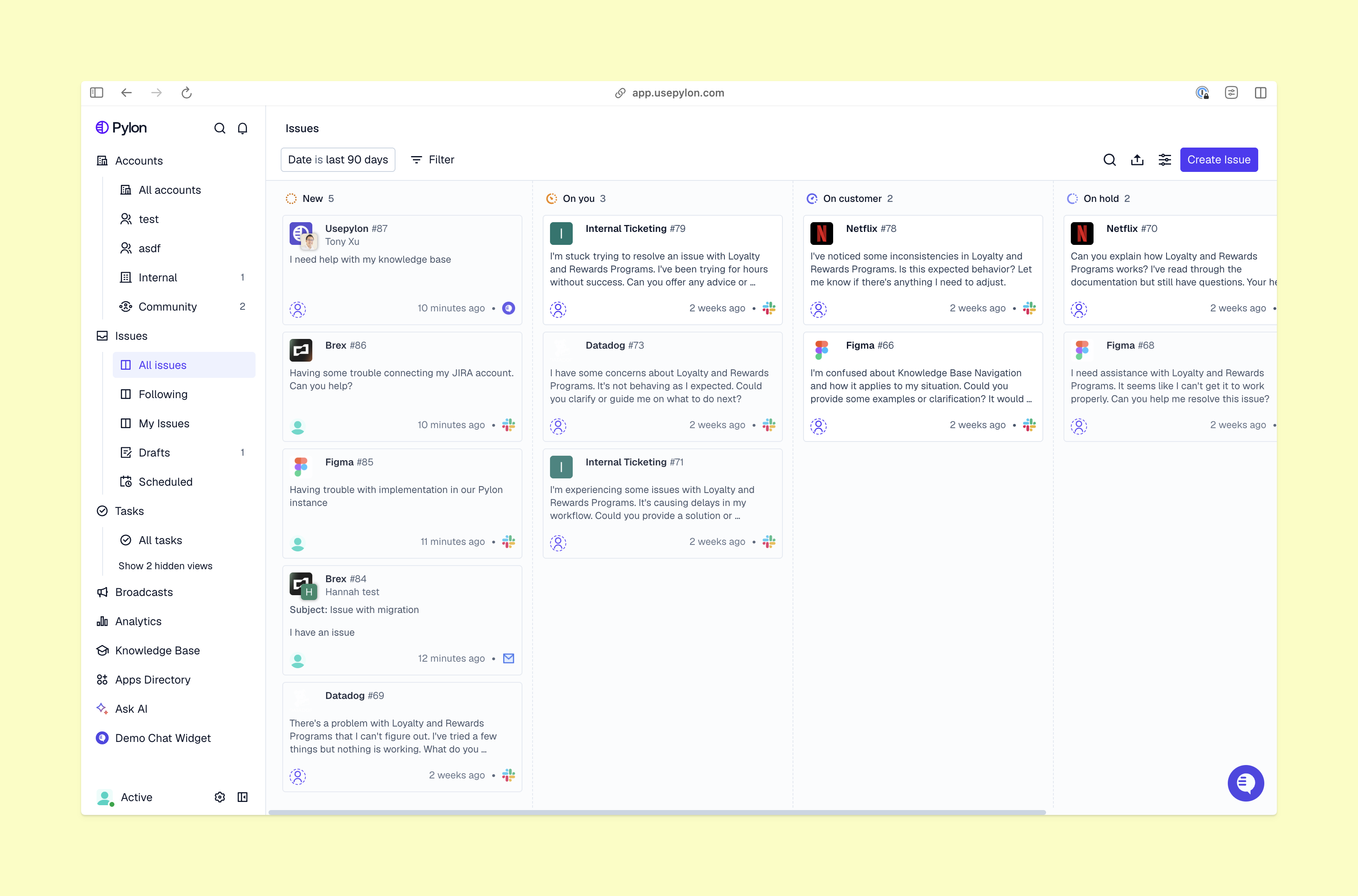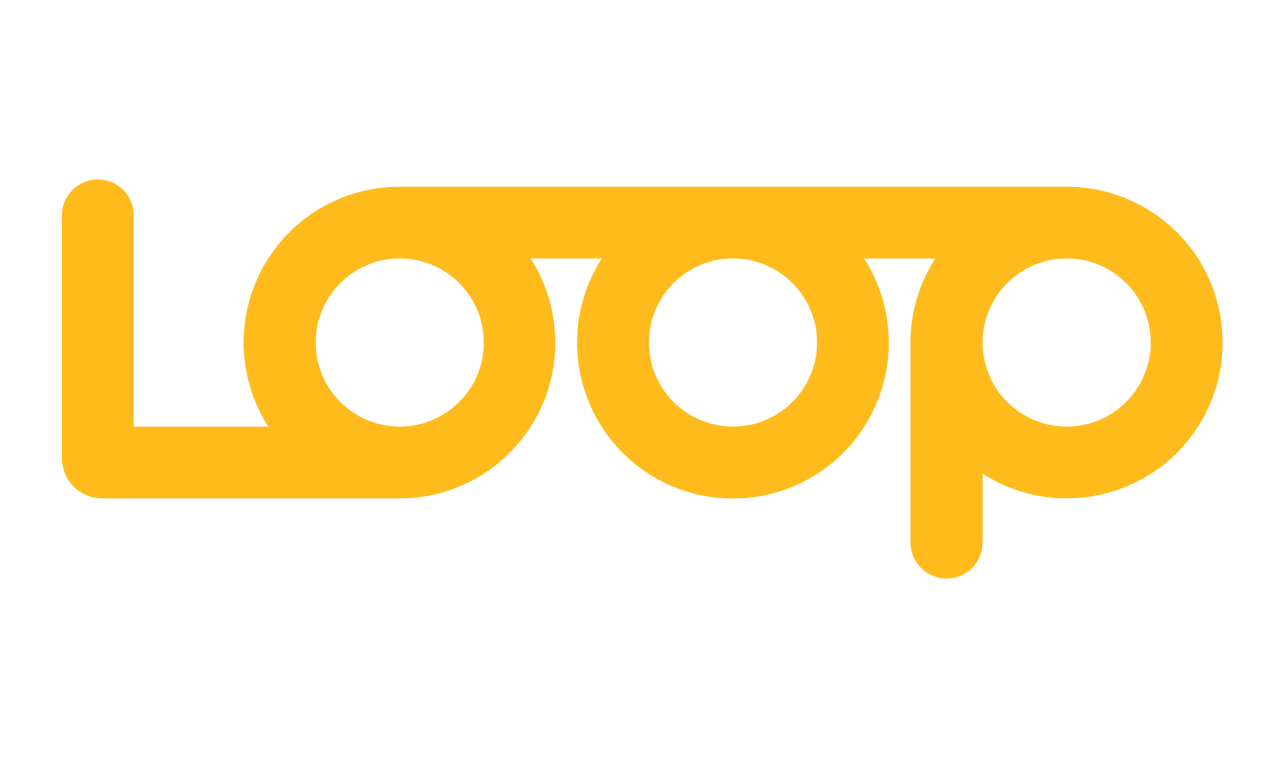How to Perfect Customer Onboarding: A Step-by-Step Guide
Learn seven simple steps to improve customer onboarding. Plus, discover best practices and AI solutions to increase retention and boost customer success.
You need a strong customer onboarding process to start building long-term relationships with your accounts. And today, there are a lot of customer onboarding software tools for you to offer personalized onboarding at scale — from automated implementation checklists to AI-powered walkthroughs.
Let’s discuss what customer onboarding is, look at best practices for onboarding customers, and explore how to create a smart process.
What’s Customer Onboarding, and Why Does It Matter?

Customer onboarding is the structured process of setting up new customers for initial success with your product or service. Onboarding combines training with relationship-building while your customers are learning to use the product.
Smart customer onboarding strategies help you improve adoption rates and boost customer satisfaction, which ultimately reduces churn. A positive early experience gives new customers confidence in your product and team, and it sets the tone for a long-term partnership. Bad onboarding experiences, on the other hand, make your customers more likely to abandon the product before they’ve gotten value out of it.
So onboarding isn’t just a support activity, it’s an important retention strategy for your team. Every touchpoint, from a data migration to customer success check-ins, affects renewal rates and lifetime customer value later.
The Customer Onboarding Process: 4 Steps
Teams need a clear and consistent customer onboarding process. Here are four important steps for onboarding.
1. Planning and Automation
First, you need a clear plan that you can kick off as soon as your sales team closes a new account.
This and every step after are much easier if you have the right support software. Pylon’s omnichannel platform unifies support across Slack, Teams, email, and chat, so you can guide new customers wherever they want to communicate. Plus, you can create tasks and projects in Pylon to manage and scale your onboarding plan across accounts.
2. Integration Setup
Once new customers are ready to set up your product, make sure it’s simple for them to connect existing data or resources. That could mean syncing data from their CRM or data warehouse, connecting important product integrations, or linking to an analytics dashboard.
You can create dedicated documentation guides for each integration and make them accessible in a knowledge base.
3. Product Walkthrough
A hands-on walkthrough, like a call with your customer success team, can make sure customers are properly set up with your product and ready to get the most value out of it. You should focus on showing core workflows and explaining how they support the customer’s goals. You could also offer personalized walkthroughs for different customer segments.
4. Follow-up Outreach
After you’re done with initial onboarding, reach out to make sure new customers are getting value out of your product from the start. You can also ask for feedback to improve onboarding for future customers.
Best Practices for Successful Onboarding

These best practices can help your team stay consistent with onboarding:
- Choose the right onboarding model. It should match your product’s complexity and customer expectations. You might have customers do most of their onboarding independently or offer a white-glove experience.
- Define SMART goals. Establish goals that are specific, measurable, achievable, relevant, and time-bound (SMART). This gives your team clear direction and makes it easier to quantify customer success.
- Assign ownership. Name a dedicated customer success manager or other team member who’s responsible for tracking progress and dealing with any issues.
- Offer multiple support options. Give customers different ways to connect with your team, like live chat, tickets, email, or synchronous calls. Pylon helps you manage support interaction across multiple channels.
- Build a knowledge base. This way customers can self-serve by searching your resource hub. You can also combine your knowledge base with a chatbot platform to reduce support volume.
- Train your team. Customer expectations and your product both change quickly. Offer frequent training to keep your success team adaptable and confident in handling new customer needs.
- Do regular reviews. Collect customer feedback on your onboarding, track improvements, and document what’s working well and what isn’t. You can also track key support KPIs like time to value and customer retention rate to gauge how well your team is doing.
Onboarding Customers and Building Long-Term Relationships
Great onboarding can improve retention and strengthen your overall customer experience. And if you keep improving your onboarding process based on customer feedback, you can help your team stay adaptable and competitive.
Pylon is the modern B2B support platform that offers true omnichannel support across Slack, Teams, email, chat, ticket forms, and more. Our AI Agents and Assistants automate busywork and reduce response times. Plus, with Account Intelligence that unifies scattered customer signals to calculate health scores and identify churn risk, we're built for customer success at scale.






